#nesdev
Explore tagged Tumblr posts
Text
huh. just found out that the 6502 doesnt have an indexed jump instruction.
couldve sworn it did??? i see jump tables mentioned a lot in NES development.
oh well, no big deal. i can just implement it using indirect jumping which it does have.
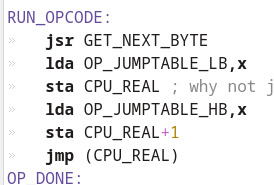
13 notes
·
View notes
Text
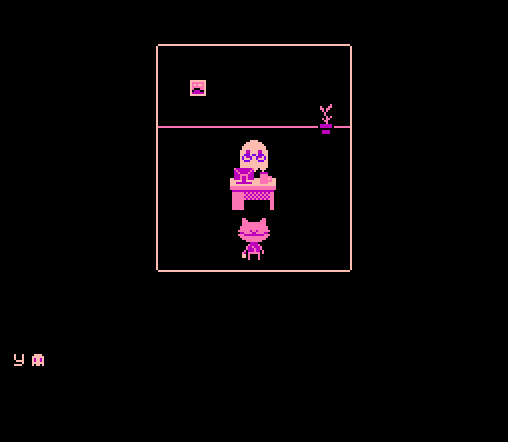
18 notes
·
View notes
Text
Yume Nikki NES demake devlog [slight flashing warning]
Unfortunately, the NES just doesn't have the sprite-pushing power to render the full giant graphic of the aztec rave monkey. So I decided the head was the most important part and am only drawing that. It flickers because even the head is too much to draw at once, so I alternate between drawing the left and right halves. Hopefully this is a good enough compromise ! Below is a recording of what it looks like on a CRT.
I will provide an option to disable altogether if people find the flashing too distracting.
Sprite composition making up the head:
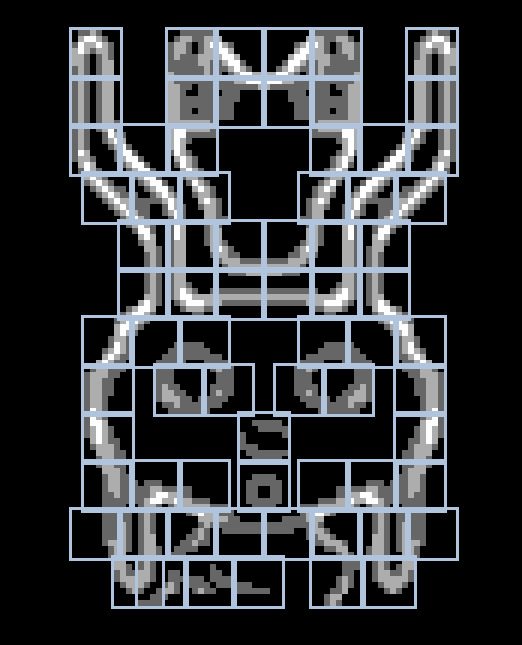
3 notes
·
View notes
Text
fun fact: there are only BARELY enough tiles in the NES base tileset to fit all keys and all door configurations
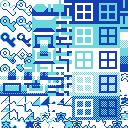
2 notes
·
View notes
Text
Hi, I finally launched my Kickstarter campaign today! Check it out
2 notes
·
View notes
Video
youtube
Review #783 - Lucky Penguin - NES
Pppppppp Pick up a Penguin! - Lucky Penguin on the NES!
#IndieRetroGames #LuckyPenguin #MegaCatStudios #NES #NESDev #RetroGaming #Nintendo #ModernRetroGames #RetroGamers
0 notes
Text
The one bit that always strikes me as particularly insane that nobody outside nesdev seems to know about is the characteristics of sprites in object memory: 8x16 maximum size 4 possible palettes, each of 4 colors, and in each of those one color is almost always transparent only 8 sprites allowed per scanline (otherwise you get flicker) All that added together means rendering something like one of Scrooge's hurtframes from ducktales is going to use half the sprite palettes available and more than half the sprite budget for the scanlines it's on since it's gotta be made up of multiple sprites packed together, possibly with some overlapping if more than 4 colors are needed in specific areas.

I've always known it was unusual that well-designed NES games could run at a steady 60fps while games for much more powerful contemporary desktop PCs struggled to hit 15, and I had an inkling that it had something to do with the system's graphics engine being implemented in hardware, but reading up on the details of that implementation really brings home how fucking nuts the decisions the system's designers made to hit that performance target are. Like, what do you mean its graphics pipeline is completely unbuffered? What do you mean it does stupid tricks with hardware registers to perform just-in-time rendering of individual pixels while the CRT television is in the middle of drawing the frame? What do you mean it schedules code execution for the horizontal blanking interval between scanlines?
Basically, what I mean to say is that hobby programmers who still develop for this thing are insane, and they have my respect.
#I want to say Bucky O'Hare has even larger playersprites but i'm not positive; that game abuses bg layers like crazy#i know that it has fake reflections/water distortion via adjusting background positions on hblank in a couple areas though#that game is absolutely insane technically
1K notes
·
View notes
Text
Day cycle and shadows in authentic NES graphics done with NAW editor avaliable at itchio

213 notes
·
View notes
Text
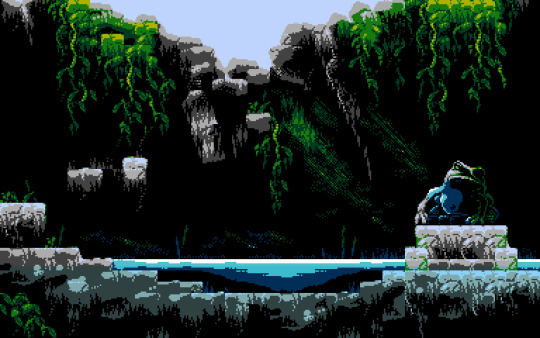
Hi, i'm new on tumblr! I make authentic NES compatible graphics and games. This scene here was achieved through setting the blue PPUMASK bit to create a tint a few lines below the surface.
32 notes
·
View notes
Photo
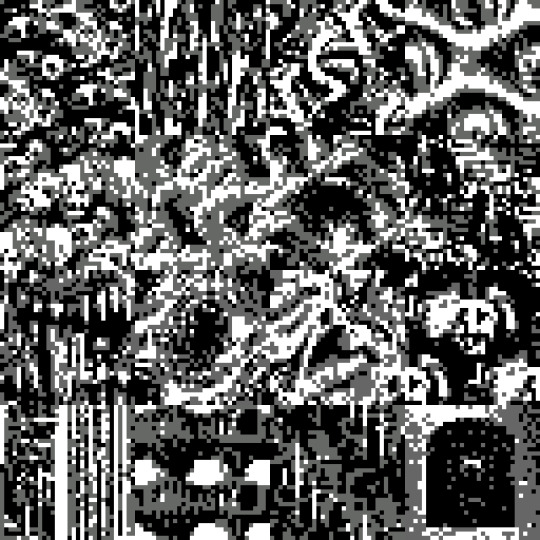
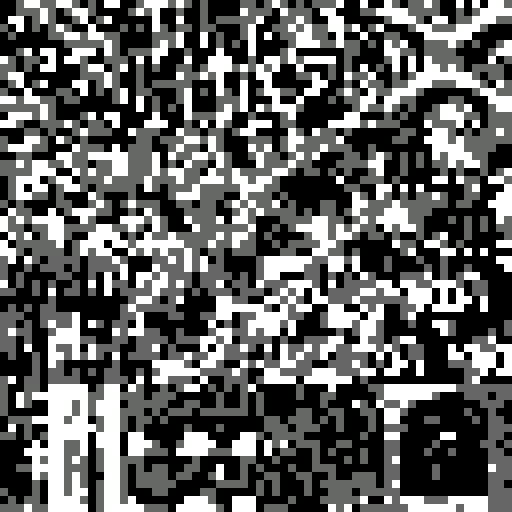
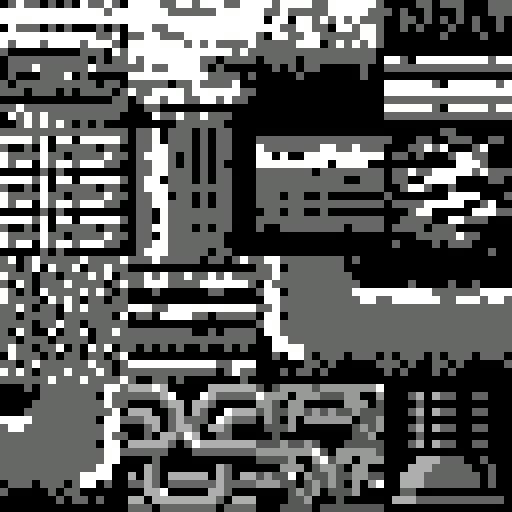
some more pixel art for my NES horror game asset pack. Here are some backgrounds at 32x32, 16x16, and tile sprites at 16x16.
#pixel art#nes#nes color pallette#pixel graphics#nes palette#game dev#nesdev#pixel aesthetic#8bit#8bitart#digital art#retrogaming#retro art
2 notes
·
View notes
Text


2 notes
·
View notes
Text
cycle counting is fun...
I need a function to be run at almost exactly every 173 cycles, or at least a way to make sure that it knows how many cycles have passed to that approximate precision.
I was going to use the DMC IRQ thingy (sends an IRQ every time the sample is done playing (well not really but that's nuance)) but unfortunately the fastest the IRQ fires is every like, 300 cycles.
I thought I could use the MMC5's scan line counter—thats every ~100 cycles. but, I don't think it updates during VBlank (so once every frame it'll have an extended period of no change), and also probably doesn't work when the PPU is off.
I'm not sure what other option I have besides cycle counting. which is when you count exactly how long a routine takes and add manual delays there so it takes exactly the right amount of time
but the problem is that every time you want to change the routine, you have to re-count everything. and change the delays. and everything else.
ugh.
12 notes
·
View notes
Photo

I got my INL retro programmer today. I got the game running on my childhood NES today! The idea of having my own game running on a cartridge you could plug into a real NES and play has been one of the biggest motivators for me on this project. It’s really exciting!
1 note
·
View note
Photo


I found this while looking for something else as usual.
I’ll link to the lazycow website because they have some nice comparison pics there as well.
It is another good example of the different aspect ratio’s of the main playing area’s of the NES and C64, obviously the C64 had a border so it was still 4:3 but I feel like it highlights a couple of things that I go on about when porting from one system to another; Play to your system’s strengths, Palette choice,
0 notes
Text
Here's a mini boss from the sewer area. It's fun to watch them throw the skull around! Like and share :)
4 notes
·
View notes